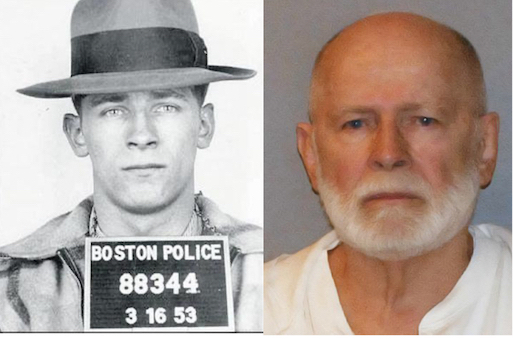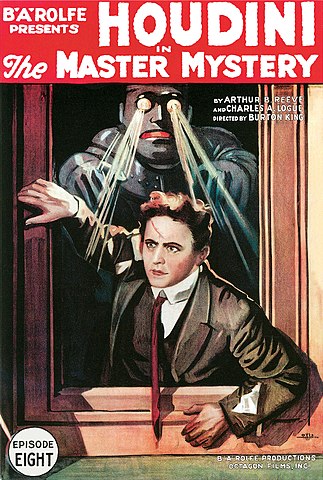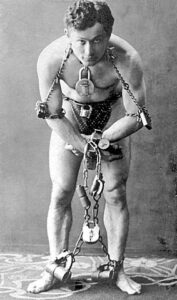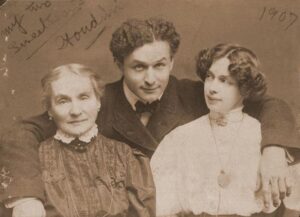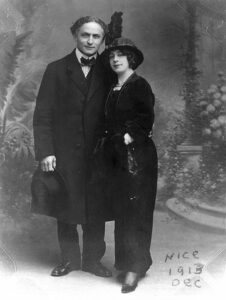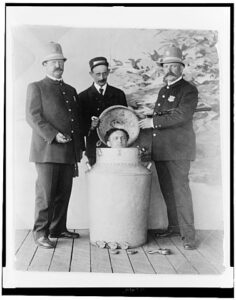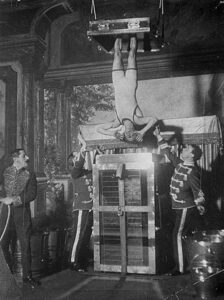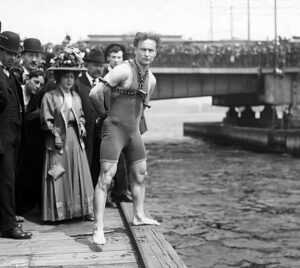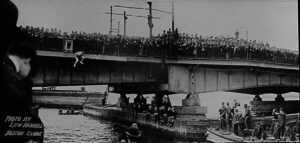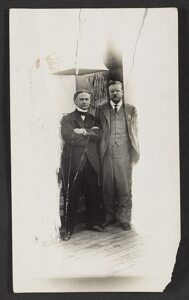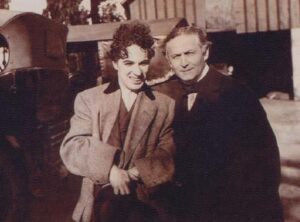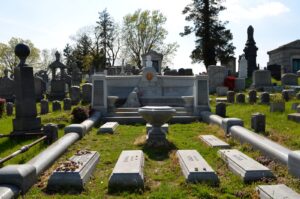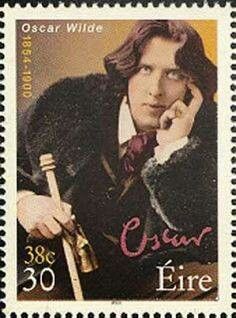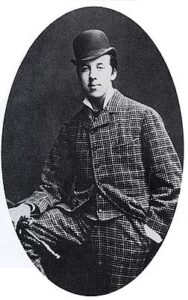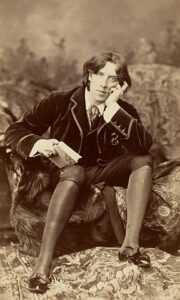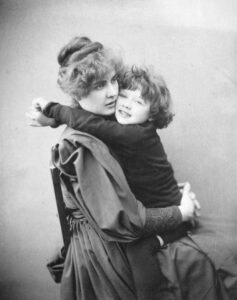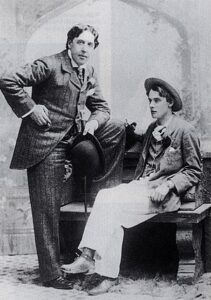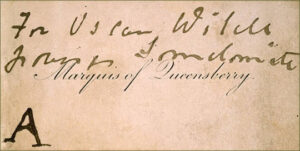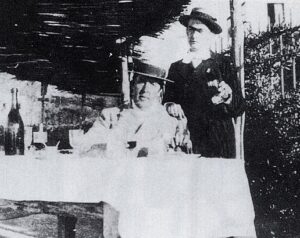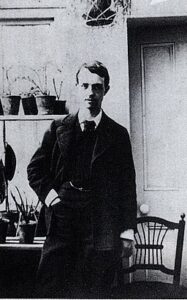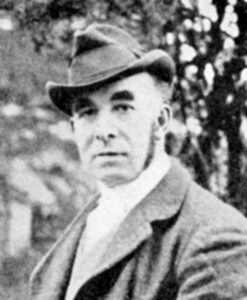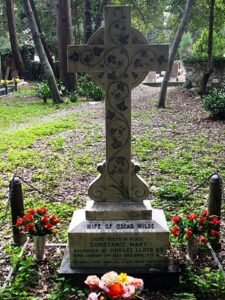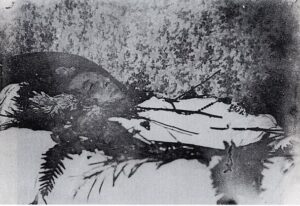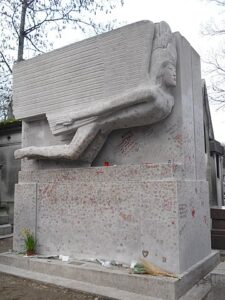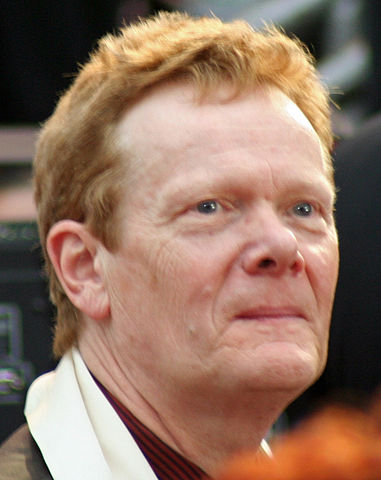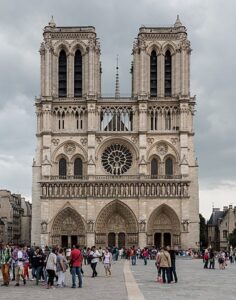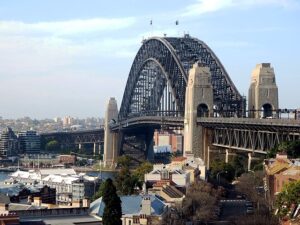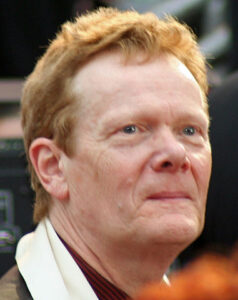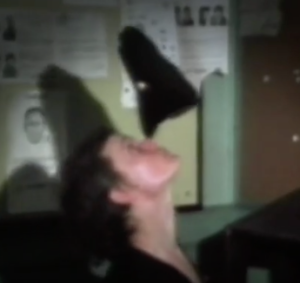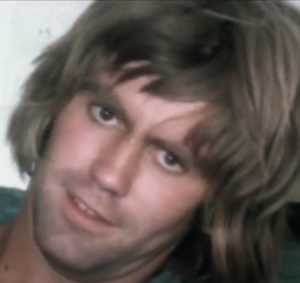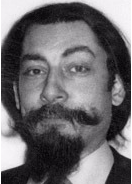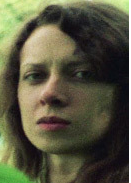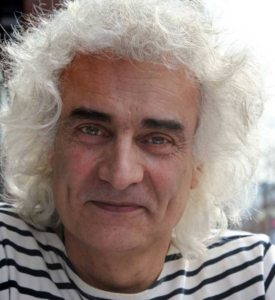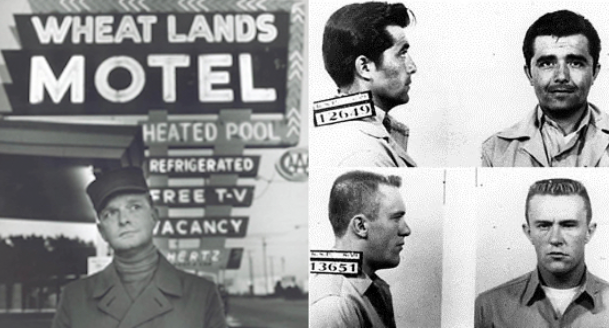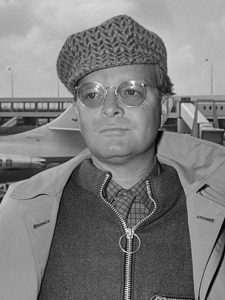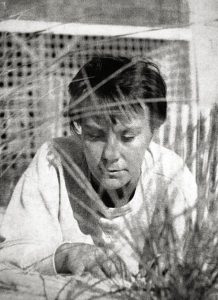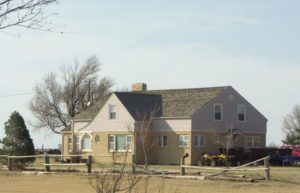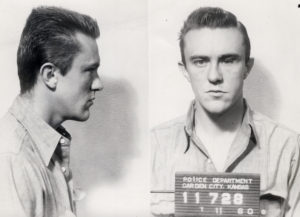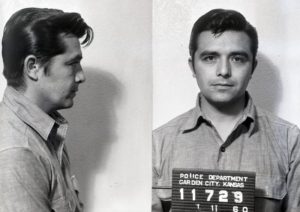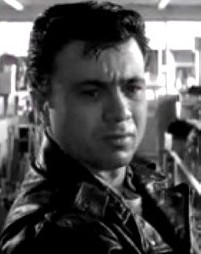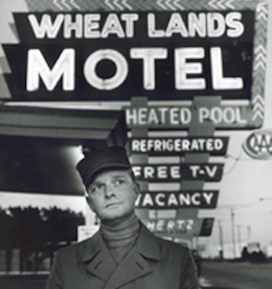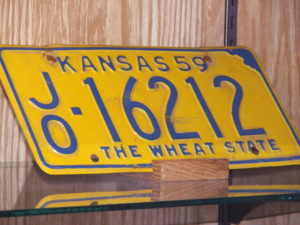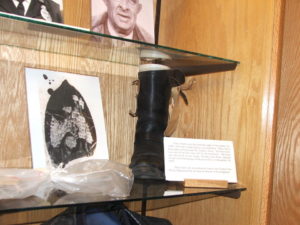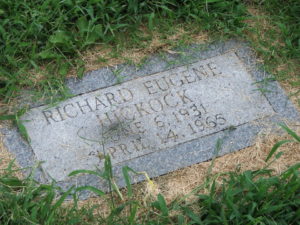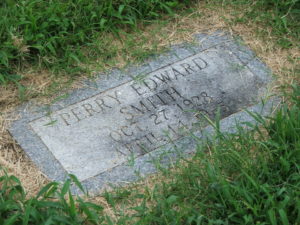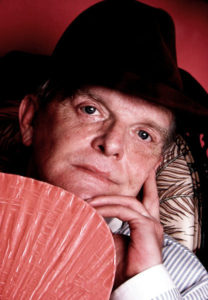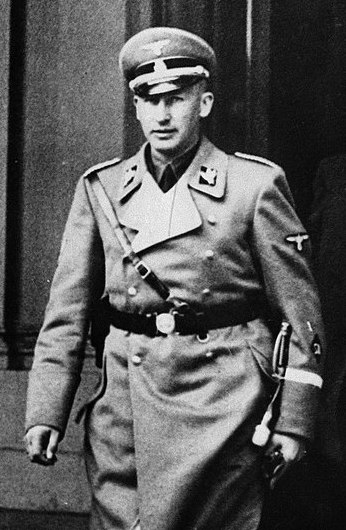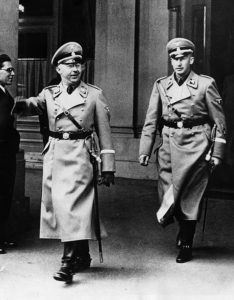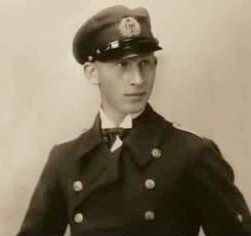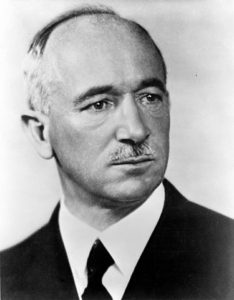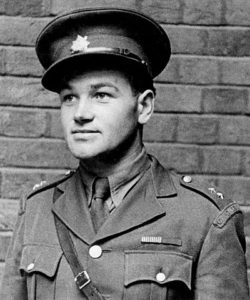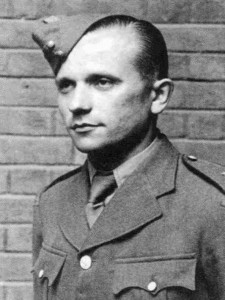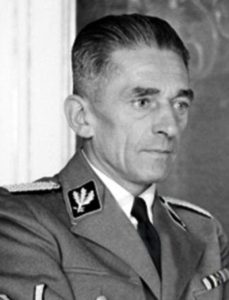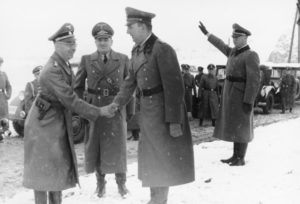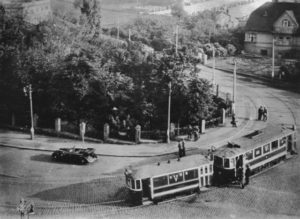For twenty years, Whitey Bulger terrorized Boston with the full collusion of the FBI. On the run for sixteen years, he was eventually arrested on June 22, 2011.
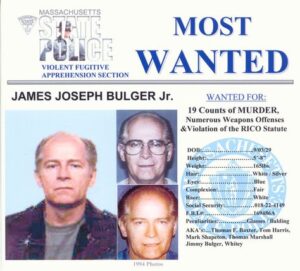
Whitey did not limit himself geographically to South Boston. No longer able to access Marshall Motors because a jailed, cash strapped Howie Winter’s family needed to rent it out, in early 1980, in a location owned by confederate George Kaufman, he set up another headquarters at a garage on Lancaster Street, only blocks away from Jerry Angiulo’s North End office in a restaurant on Prince Street. Here Bulger routinely met with Ilario “Larry” Zannino, Angiulo’s number two man, among other bookies and criminals. An initially strategic spot for such interactions, the Lancaster location set off a law enforcement reaction that was practically a keystone cop imitation. When the Boston State Police received a tip that the garage was actually a chop shop, two investigators began surveillance from across the street. Stunned when they observed the entrance and exit of some of Boston’s most notorious mobsters, they realized bugging the garage would probably provide a mother lode of indictments. Jack O’Donovan, the head of the organized crime unit for the Massachusetts State Police had long suspected that the FBI was colluding with Bulger, and O’Donovan was intent on investigating and arresting Bulger himself.
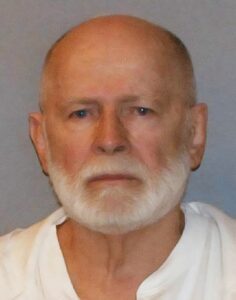
When Charley Gasko emerged from the elevator into the rear area of the apartment building he would not be meeting up with Josh Bond. Instead, he would be confronted by a half dozen FBI agents and various other law enforcement officials, guns drawn. They ordered him to get on the ground, but despite his age and relative frailty, his response underlined that this was not your typical 81 year old senior citizen, in fact it was not Charlie Gasko at all. It was America’s Most Wanted criminal, James J. (Whitey) Bulger.
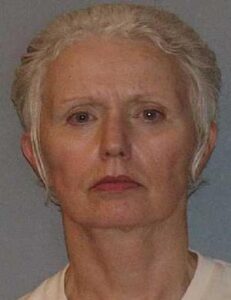
Minutes later he called his longtime companion, the alleged Carol Gasko, who was in fact Bulger’s longtime girlfriend and fellow fugitive, Catherine Grieg, his accomplice during Whitey’s 16 year odyssey. He told her that he had been arrested, that she should stay in the apartment and minutes later she was also brought down to the garage, both fugitives now in handcuffs.
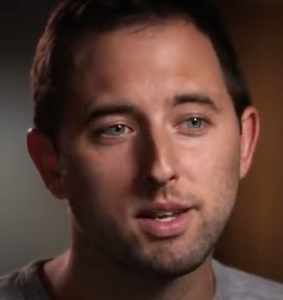
Bond, who also managed the Princess Eugenia, needed to reach Charles or Carol Gasko, the elderly, childless couple that occupied the northeast third floor corner apartment, #304. The property manager actually knew the Gaskos’ quite well, his own apartment was next door to theirs and he interacted with Charlie Gasko quite frequently. Bond heard the phone ringing in his earpiece but there was no answer. He hung up, not sure what to do. The reason for his call was that the Gasko’s storage unit at the rear of the building was broken into and he needed to know how the couple wanted to handle the situation. Come down and meet him, Josh, in the back of the building or just have Josh notify the police.
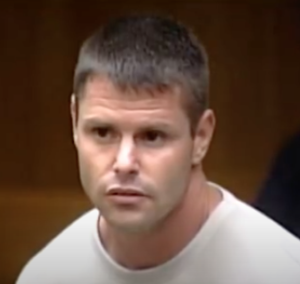
On the evening of October 29, Bulger arrived at the US Penitentiary in Hazelton, West Virginia. A high security prison where two inmates were murdered in the previous six weeks, unfortunately it also housed at least two individuals who made it completely unsuitable for Bulger. One was Fotios (Freddy) Geas, serving a life sentence for the murder of two underworld criminals. Although of Greek ethnicity, Geas was a hitman who operated in Springfield, Mass and was affiliated with the Mafia’s Genovese crime family. In fact, he was arrested as part of the FBI’s investigation of organized crime in the Western Massachusetts area, an investigation that eventually involved the administration of Mayor Michael Albano. Paul DeCologero was also a Northeastern Massachusetts organized crime figure, serving a lengthy sentence for murder. On the morning of October 30, only minutes after Whitey Bulger’s prison cell door was unlocked at 6 AM, close circuit cameras showed Geas and DeCologero entering Bulger’s cell. They left seven minutes later. Whitey Bulger was discovered dead at approximately 8:20 AM,
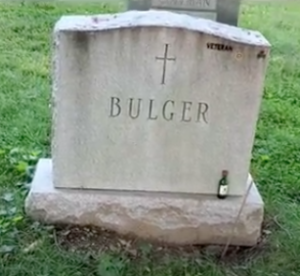
The Bulger family was not aware of his transfer to West Virginia and Jackie Bulger found out about his brother’s death from the media. However, it seems that many inmates knew of Whitey’s impending transfer, Sean McKinnon, Geas’ cellmate, and the third man eventually indicted for his murder was recorded on a prison line telling his mother in advance that Whitey was on his way.
Podcast: Play in new window | Download
Subscribe: RSS

